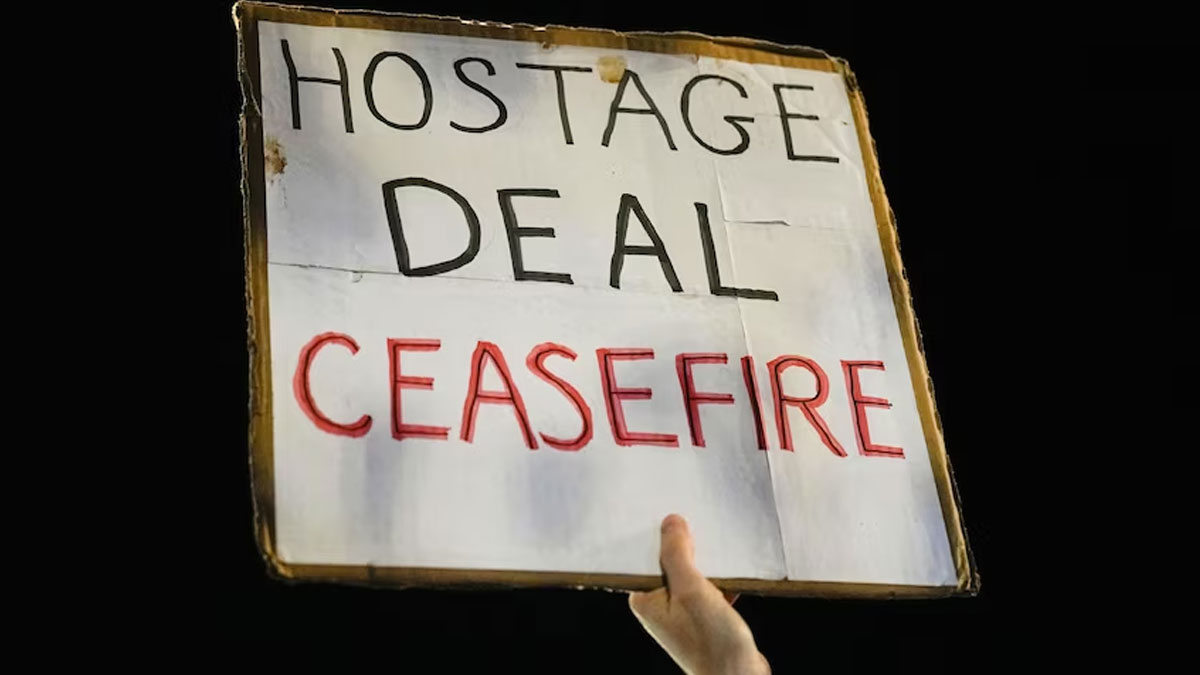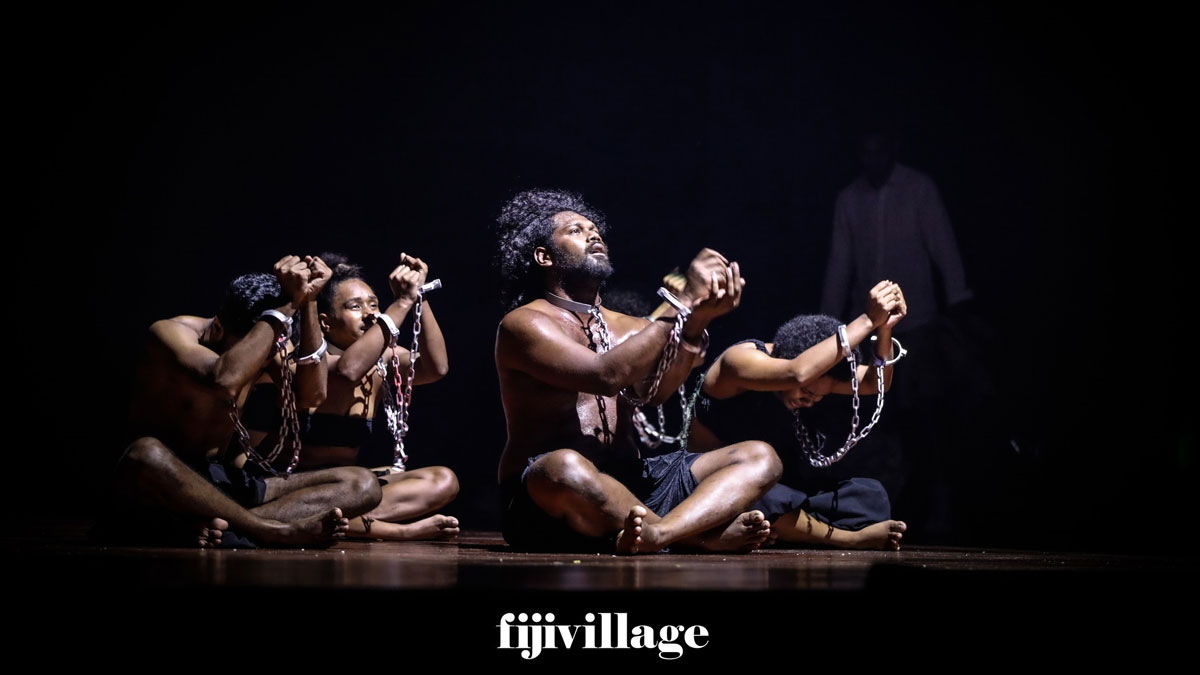
Israel and Hamas have agreed to a four-day ceasefire after six weeks of war in exchange for the release of 50 women and children held in Gaza.
Israel's Prime Minister Benjamin Netanyahu and his cabinet met for six hours of deliberation on Tuesday, local time, to approve the deal.
Hamas said in a statement as part of the deal Israel would release 150 Palestinian women and children held in the country's jails.
It marks the first truce reached between the two sides since fighting began on October 7.
"The Government of Israel is obligated to return home all of the hostages. Tonight, the Government has approved the outline of the first stage of achieving this goal," Israel's government said in a statement.
While the full details of the agreement are still unknown, officials were privately briefing Israeli media about some of the terms of the proposed deal ahead of the agreement being reached.
A Biden administration official said it had been an "extremely excruciating five-week process".
This is what we know about it and what could unfold next.
Fifty hostages will be released
Under the deal, Hamas will free 50 of the roughly 240 hostages it is understood to be holding in the Gaza Strip.
The hostages were taken by the terrorist group as part of their raid on Israel on October 7, and include citizens who were attending an outdoor music festival as well as people from kibbutzim and military bases in southern Israel.
The Israeli government has agreed to a four-day ceasefire to allow the release of the hostages, and says it will extend it by an extra day for every 10 additional hostages released.
The group of 50 women and children won't be released all at once, but will instead be freed in small groups.
There had been speculation of a prisoner swap ahead of the deal being announced, with reports suggesting Israel would free some Palestinian prisoners as part of the agreement, but Israel's statement did not mention this.
Hamas, however, said in a statement after the deal was struck that 50 women and children — under the age of 19 years — would be released in exchange for 150 Palestinian women and children — under the age of 19 years — from the Israeli prisons, all according to seniority.
What does this mean for Gaza?
The pause in fighting will also allow the flow of humanitarian aid into Gaza, with aid groups on stand-by to get more assistance in once the ceasefire is in place.
The terrorist group said it would bring hundreds of trucks of humanitarian relief, and medical and fuel aid into all areas of the Gaza Strip, without exception, in the north and south.
During the truce period, Hamas also said, the Israeli military had committed not to attack or arrest anyone in all areas of the Gaza Strip.
Air traffic will be stopped in the north for six hours a day, from 10am until 4pm.
It's not immediately clear when the truce will go into effect.
How did this deal come about?
The deal was brokered by the Qatari government, who approached the US and Israel after October 7 to offer to help get hostages released. Egypt was also involved.
A "cell" with representatives from those countries was set up, and they began daily — sometimes hourly — discussions. US President Joe Biden was "directly and personally engaged throughout, almost hour by hour", a senior administration official said.
An early sticking point was getting humanitarian aid into Gaza. Hamas wanted fuel to be provided as a condition of any hostage release deal, but some Israeli ministers wanted a full siege of Gaza, with all supplies cut off.
The US "completely did not agree with" a siege, the official said, speaking on the condition of anonymity.
Mr Biden discussed this with Israeli PM Benjamin Netanyahu when the pair met in Israel on October 18. On Air Force One, on the way home, Mr Biden also spoke to Egyptian President Abdel Fattah el-Sisi about getting aid into Gaza. Soon after, aid trucks started getting through.
Two days later, on October 20, there was a major breakthrough when two American hostages were released. This was seen as proof that the processes established by the cell, and the negotiations led by the Qataris, could lead to results.
Why were these two women released early?
The release of Judith Raanan and her daughter Natalie was a "pilot process", the US official said.
The Americans were able to "track in real time" the women's movements from Gaza, across the border and to freedom.
"The return of Judith and Natalie proved the concept and gave us some confidence that … Qatar really could deliver through the cell that we had established," the official said.
What happened after the first American hostages were released?
Now there was confidence the systems to negotiate a hostage deal could be effective, it led to an intensified process for the release of a larger group of hostages.
There were protracted negotiations over the details, such as time frames, numbers, surveillance, and how to actually move the hostages to safety.
The White House says communication became difficult, and at one point messages were being passed from Israel and the US to Qatar to Egypt to Hamas, and back.
An agreement began to take shape, with Hamas demanding the release of Palestinian prisoners held by Israel in exchange for a "first-phase" release of about 50 women and children held in Gaza.
But Hamas was holding out on providing the identities of the hostages it would release, which was critical to the Israelis and Americans agreeing to a deal.
Mr Biden spoke to Qatar's Emir, Sheikh Tamim bin Hamad Al Thini, who assured the president he would do all he could to get Hamas' co-operation. Soon after, Hamas produced the requested information.
Communications broke down multiple times after that. But through protracted negotiations, a five-six page text with details on the deal and its implementation was agreed upon.
Israel's war cabinet approved most of the deal on Sunday, but some smaller details were negotiated further in the days since.
How could the next 24 hours unfold?
It is believed the hostages will either be taken to the Erez Crossing, which is located at the northern end of the Gaza Strip, or the Rafah Crossing, along Egypt's Sinai Peninsula.
But Oliver McTernan, a former hostage negotiator, said the logistics of a release of hostages would be difficult.
"You need to be able to coordinate, to identify who is being kept where, and to bring them to safety, those that are going to be released, and to ensure that they can reach Rafah with safety," he told News Breakfast.
Hamas has only guaranteed the release of 50 hostages, but the US and Israel believe there are more women and children being held hostage.
The White House says the deal has been "structured to incentivise releases beyond 50, even in this initial phase", with the temporary ceasefire to be extended if more hostages are released.
Hamas had suggested, during negotiations, that it needed a ceasefire to locate some of those hostages.
But Mr Netanyahu has already warned a ceasefire will not end the war.
"I would like to make it clear — we are at war, and we will continue the war until we achieve all our goals: eliminate Hamas, return all the hostages and missing, and guarantee that there will be no threat to Israel in Gaza," he said before the deal was announced.
Story By: Brad Ryan in Washington DC and Lucia Stein
Original Story link: https://www.abc.net.au/news/2023-11-22/israel-hamas-ceasefire-hostage-release-deal-what-we-know/103135900
Stay tuned for the latest news on our radio stations


